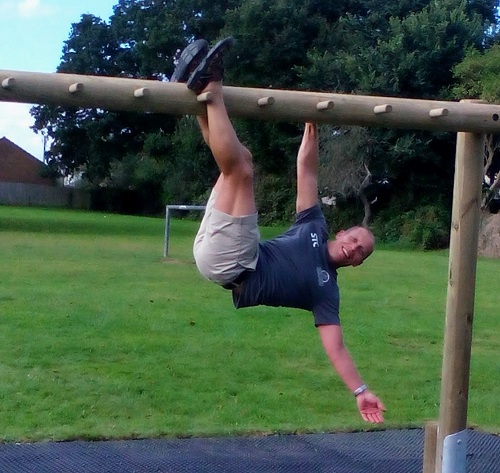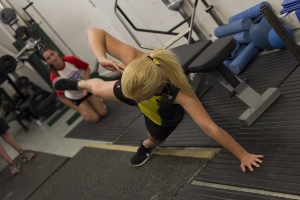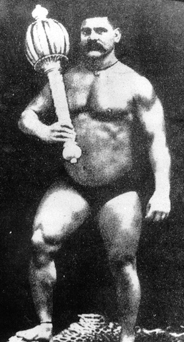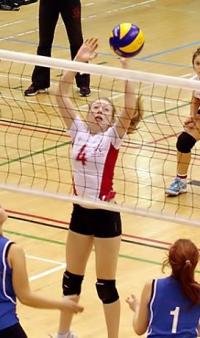Posts Tagged ‘motivation’
A Movement Manifesto
A personal movement manifesto for all Humans have evolved through adaptation to moving in their environments. I aim to help people learn to enjoy movement and make it part of their physical and mental selves. Physical activity is often reduced to a number: “10,000 steps”, “walk a mile a day,” or ’100 reps’. By focussing…
Read MoreLessons learned from Lockdown PE
After filming 72 PE videos over the last year, here are some thoughts. To paraphrase Admiral Ackbar in ‘Return of the Jedi’: “It’s a wrap”! Our final PE video was filmed and edited last week: #72. We initially started by planning only nine when I first contacted Willand Primary School 50 weeks ago. None of…
Read MoreHow to live on 24 hours a day
Time is precious, how do you budget it? We all have 24 hours a day; it is one thing that unites us as humans. How we spend them differs vastly. Two Arnolds (Schwarzenegger and Bennett) have recently influenced my thoughts on how to spend my time. Here are some ideas on making the most of…
Read MoreButter your own toast
I saw this quote somewhere recently, it was aimed at young people, but it applies to us all. It is a variation on the give a man a fish he eats for a day, teach a man how to fish, he eats for a lifetime quote.
I can show someone how to butter their toast, I may even do it 2-3 times, they then have to start buttering it themselves. If they are good, they may then start trying different types of butter, or bread, or even making toasted sandwiches.
Some people turn up every week, cap in hand and an expectant look please butter my toast again, without progressing.
Read MoreHow to Train Before Breakfast: The Great Gama
I always like it when I meet a young athlete and they tell me they do a few press ups and sit ups in the morning before breakfast or at night. It shows me that in the words of Muhammad Ali “they have the will, I just train the skill”.
Read MoreGoal setting for sport: 4 secrets to success
Lots of the athletes I work with have done a goal setting for sport exercise with their various coaches in the summer. This can quickly become consigned to the dustbin of history once the first three matches of the season have been played.
Read MoreHow can I increase intrinsic motivation?
Get the vibe right and intrinsic motivation will follow
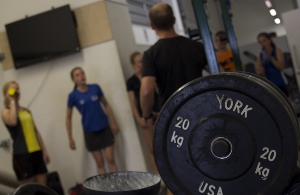 I was training 3 athletes in the gym a couple of weeks ago, they were doing one of my usual warm ups, no music, no shouting, no distractions.
I was training 3 athletes in the gym a couple of weeks ago, they were doing one of my usual warm ups, no music, no shouting, no distractions.
The three were focussed and busy. Another coach walked in, and said
“I wish I was training now, rather than earlier, there is a good Vibe.”
Read MoreBones heal, chicks dig scars
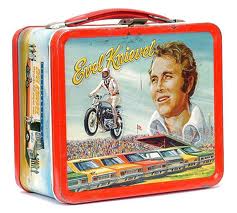 The author of this quote- Evil Knievel, died 7 years ago at the age of 69. Famous for his successful and unsuccessful motorbike stunts, he entertained many of us in the 1970s.
The author of this quote- Evil Knievel, died 7 years ago at the age of 69. Famous for his successful and unsuccessful motorbike stunts, he entertained many of us in the 1970s.
I remember setting up ramps and jumping over model cars to be like him with friends.
The full quote is
Read More11 questions every aspiring athlete should ask themselves
“If you ask me how I want to be remembered, it is as a winner.
 You know what a winner is? A winner is somebody who has given his best effort, who has tried the hardest they possibly can, who has utilized every ounce of energy and strength within them to accomplish something.
You know what a winner is? A winner is somebody who has given his best effort, who has tried the hardest they possibly can, who has utilized every ounce of energy and strength within them to accomplish something.
Old words still relevant.
As The Stoic philosopher Epicteus mused some 19 centuries ago:
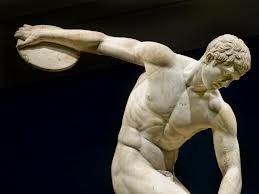 “So you want to conquer in the Olympic Games, my friend. But first mark the conditions and the consequences, and then set to work.
“So you want to conquer in the Olympic Games, my friend. But first mark the conditions and the consequences, and then set to work.

